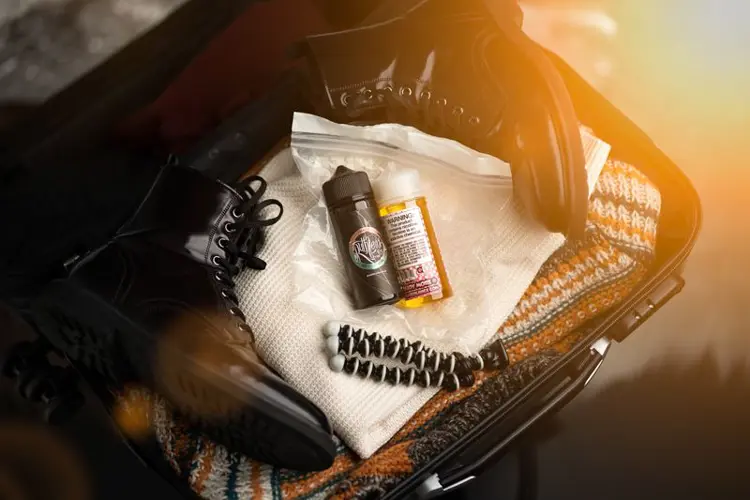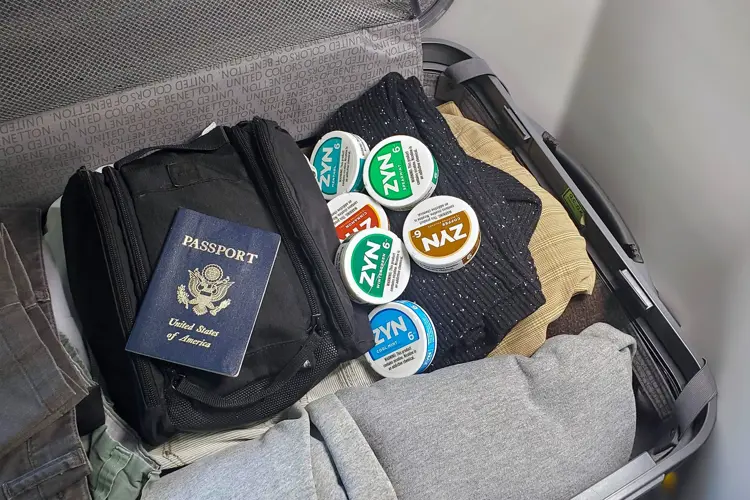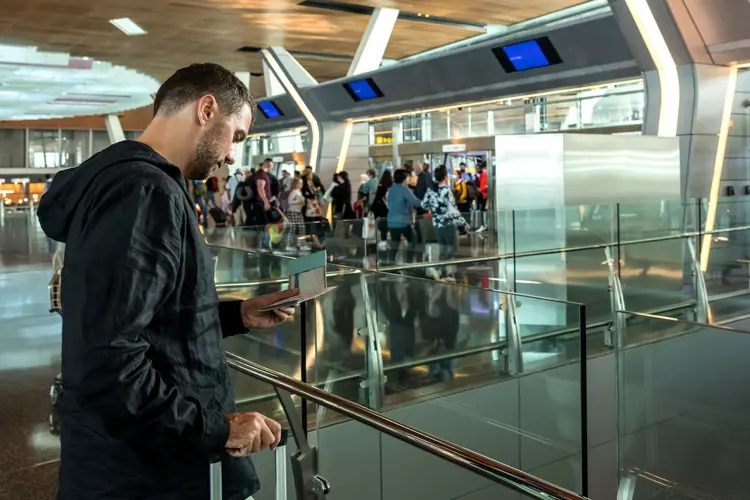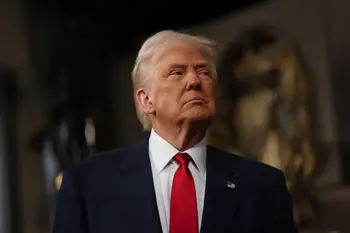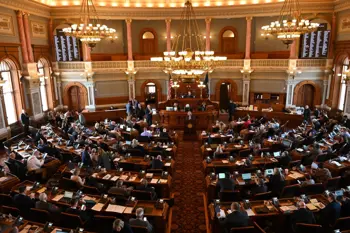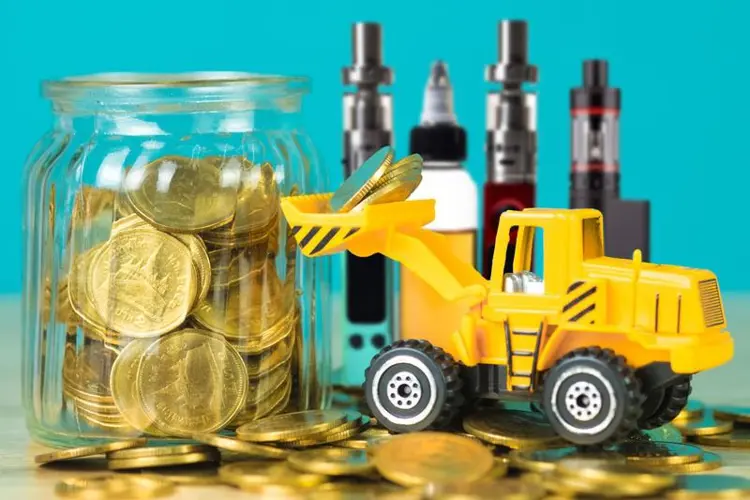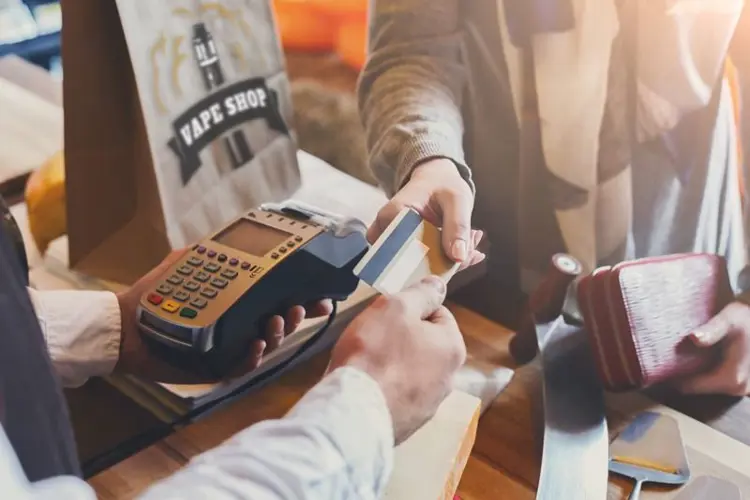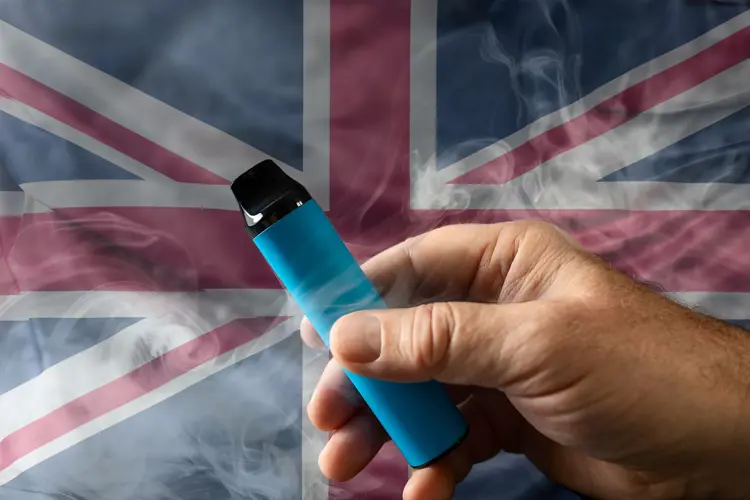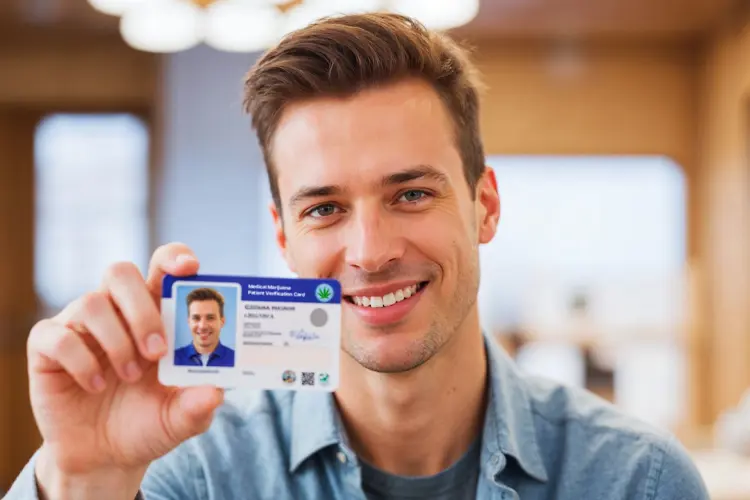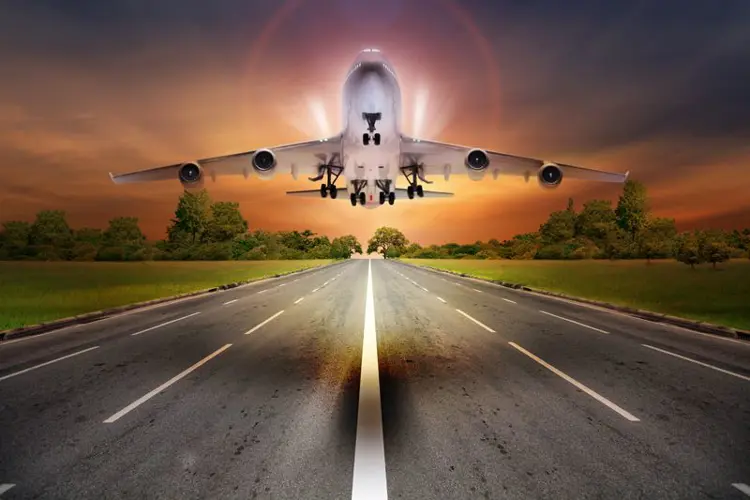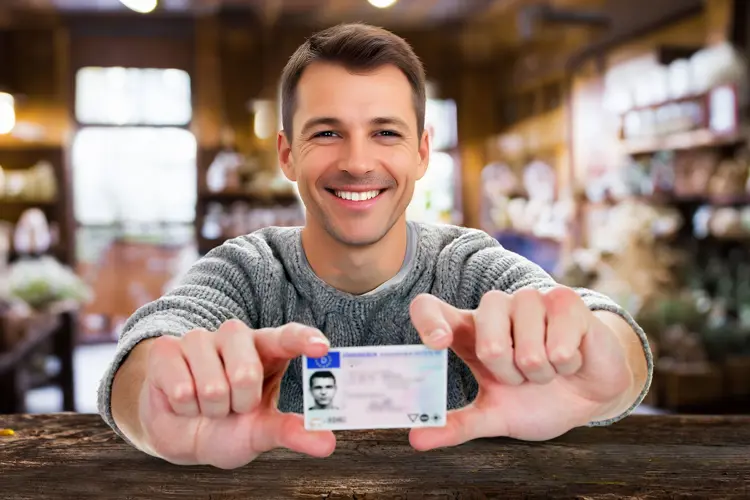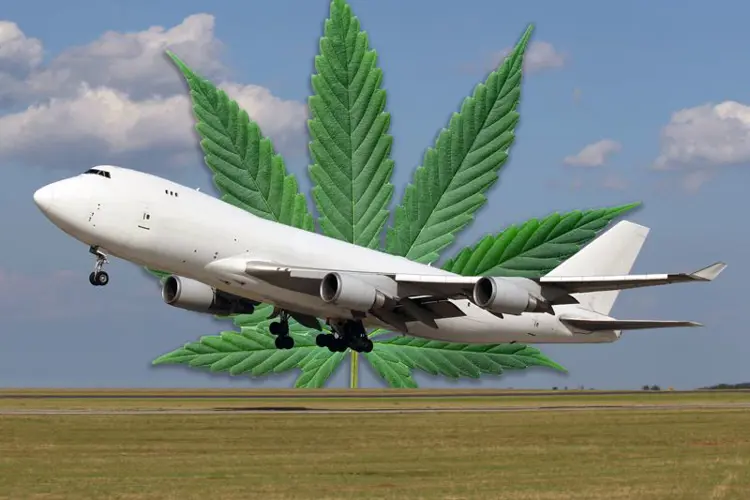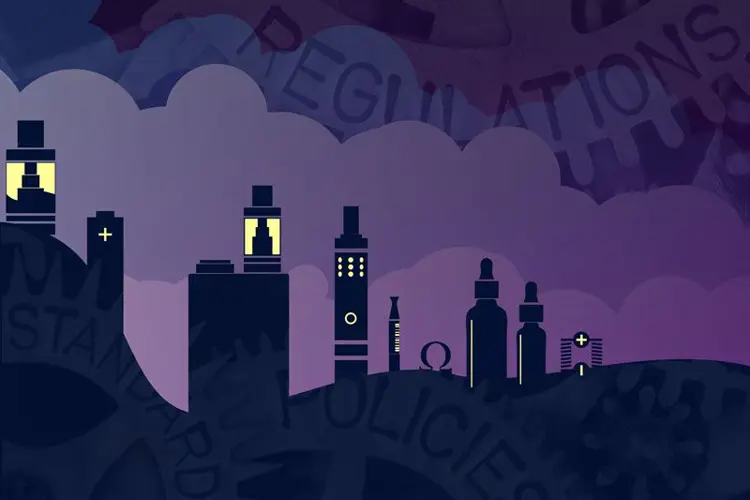- When flying, vapes (including disposables) and lithium batteries must go in your carry-on or pockets—never in checked luggage.
- Bottled vape juice and prefilled pods must be under 3.4 oz (100 mL) and fit in your carry-on bag for liquids. Larger bottles can be checked.
- Some airlines limit the number of devices or batteries, and many countries ban the import or use of vapes.
- Vaping is banned in most airports and strictly prohibited on flights, with severe penalties.
- Even trace amounts of THC or residue can lead to confiscation, fines, or arrest. CBD rules vary despite legality.
Are vapes allowed on planes? What you need to know
If you're wondering if you can bring a vape on a plane, the short answer is yes. However, there are important TSA vape rules you need to follow to ensure you can safely carry your vape or vape pen on board.
While you can carry nicotine vapes on a plane in most places in the world, they must be kept in carry-on luggage or in your pockets—but are never allowed in checked luggage. That's for any kind of vape that contains lithium batteries.
While nicotine e-liquid or extra pods can be packed in either carry-on or checked luggage, federally controlled substances like cannabis products—even small amounts, such as residue in devices—are prohibited on all United States and most international flights.
The advice in this article applies in most places around the world, although we often reference U.S. Transportation Security Administration (TSA) regulations. Before you travel, it’s best to check the regulations for each country you plan to visit and any rules specific airlines may impose.
How to pack your vape for a flight: what happens if you put a vape in carry-on luggage?
Air travel in countries that allow vaping is generally straightforward for vapers. You can take a vape on a plane—and extra batteries and your favorite e-liquid. You won’t usually have problems as long as you follow some basic rules and know the procedures.
Can you carry a vape on a plane safely?
Because of safety concerns over fires in the cargo hold, all electronic devices and lithium batteries must be carried onto the plane—either in carry-on luggage or in your pockets. You can’t pack them in checked baggage. This is a worldwide rule, with no exceptions.
What happens if you put a vape in checked luggage?
If you forget the rules and your checked luggage is x-rayed by the baggage handlers, you’re liable to lose your devices and batteries, and find your suitcase and its contents roughed up. Or they might leave your luggage at the departure airport.
Know TSA vape rules before flying
TSA and Federal Aviation Administration (FAA) rules require passengers to take “effective measures for preventing accidental activation of the heating element of the device,” which in most cases means turning off the power. If there is no power switch, remove the battery from the device during the flight, or use some kind of protective case that will prevent the switch from being activated accidentally.
The FAA also limits the power rating on lithium-ion batteries carried on planes to 100 watt hours (Wh) each—which is far in excess of any normal vape battery, so it shouldn’t be an issue.
How many vapes can you bring on a plane?
There is no federal limit to how many vapes you can bring on a plane, but some airlines have their own limits. Some have battery limits too. Check with the airline in advance. Outside the U.S., restrictions may vary. Check with the airline and the destination country’s civil aviation authority.
Can you take disposable vapes on an airplane?
The rules for flying with disposable vapes are the same as for any other vape with a lithium battery. You can bring it on a plane, but only in your carry-on bag or in your pockets.
Tips for flying with vape devices
- If you take extra batteries, you must keep them in plastic battery safety cases to avoid accidents. If you forget a case, you can cover the metal battery terminals with tape.
- If your mod uses external batteries, don’t forget a battery charger!
- If your trip is short, consider taking simple devices like disposable vapes. They’re easy to carry, don't require a charger, and you won't have to pack separate e-liquid.
- Cabin pressure can make full tanks leak. Only fill them partially, or leave them empty until you arrive at your destination, or put them in a sealed bag.
Airline-specific rules for flying with vapes
Most airlines don’t have rules beyond the FAA and TSA regulations, but there are some specific exceptions.
- EasyJet: British budget airline EasyJet limits extra batteries to two.
- Southwest Airlines: Southwest limits vape devices in carry-on luggage or on your person to a total of two. However, the airline allows up to 20 spare batteries!
- Spirit Airlines: Spirit allows vapes to be packed in carry-on luggage or carried in pockets, but notes that “some countries (e.g., Dominican Republic) prohibit the carriage of these devices in carry-on baggage, checked baggage, and/or on one’s person, in which case Spirit will abide by such regulation.” So research the rules in your destination country before packing vapes.
Since airlines frequently change their rules or add new ones, travelers should check their with their airline before beginning a trip.
Flying with vape juice: how many bottles and pods can you bring on a plane?
All liquids, aerosols, gels, creams, and pastes carried onto the plane must be in 3.4-ounce or 100 mL (or smaller) bottles, and must fit into a single 1-quart plastic bag, per TSA rules. That includes bottled e-juice and pre-filled pods.
If you’re bringing more bottled vape juice than will fit in the 1-quart bag allowed in your carry-on, you are allowed to pack it in your checked luggage. There are no size or quantity limits for bottled liquids in checked baggage, and no limit on the number of pods you can carry.
Tips for flying with e-liquid
- Cabin pressure can make full bottles expand, or even split at the seams. Try to take partially used bottles that have some unused space at the top.
- Consider carrying e-juice in a higher nicotine strength than you usually use, so you don’t have to bring as much.
- If you’re carrying extra e-juice bottles in checked luggage, double-bag the bottles to prevent a spill that could ruin your clothes.
- European Union countries (and some others) have a 20 mg/mL nicotine limit. If you vape anything higher than that, bring it with you!
Know the rules in your destination country
When you depart from your plane in another country, you’re subject to the laws and rules there. Just because your airline allowed you to travel with vapes doesn’t mean your destination country will allow you to bring them in—or, in some cases, even use them. Some countries have outright vape bans—in which case flying with a vape pen might be the least of your worries.
You should research the laws and rules for the places you’re planning to visit. Flying with vapes in Europe isn’t much different than in the U.S. But in countries that ban possession and use—like Qatar and Singapore—your vaping devices and e-liquids are likely to be confiscated upon arrival. Countries that ban imports—like Turkey and Bangladesh—may also seize vapes from tourists, even if they’re obviously small “personal-use” quantities.
When visiting countries that ban sales but not use—like many Asian and South American countries—it may be safe to bring your vapes through security, but be aware that authorities can be unpredictable. In Thailand, for example, tourists have been arrested for possession of vapes, even though possession is not technically prohibited.
In some countries, police may harass visitors with vapes, expecting to be paid bribes. In many countries, public vaping is not allowed in places where smoking is not allowed—but in some places, it may not be allowed anywhere. Outside North America and Europe, vaping may attract unwelcome attention. In many Asian or Middle Eastern countries, vaping in public could lead to unpleasant interactions with authorities.
It’s wise to do some country-specific research on local laws, customs, and attitudes regarding vaping before leaving on your trip.
Alternative nicotine products for traveling
While vaping may be your preferred method of consuming nicotine, there are alternative nicotine products that can make traveling a lot easier. Using products likenicotine pouches or toothpicks is a great way to get through a long trip without being distracted by nicotine cravings.
Without visible vapor, nobody knows you’re consuming nicotine. But that doesn’t mean it’s legal to use pouches on the plane or in the country you’re visiting. Because nicotine pouches are a relatively new product, there may be no rules regarding carrying or using them—or they may fall into the same legal framework as snus or other smokeless tobacco.
Be sure to research the rules for flying with nicotine pouches, and to check your airline’s rules and the laws in countries you’re planning to visit before you take pouches on a plane.
Can you bring vapes on a plane? Understanding TSA rules
Lots of people take e-cigs on airplanes these days, so airport security staff are used to them. There’s no need to be nervous about passing through TSA security checks and carrying a vape on a plane.
Can you take a vape through a TSA security check?
You already know the most important TSA vape rules: liquids in carry-on bags must all go into a single 1-quart bag, and all electronic devices and lithium batteries must be carried onto the plane, and must go (along with the traveler) through a TSA security screening.
To the TSA, vaping devices are just another potential security threat. To prove that your huge touchscreen mod isn’t an explosive, TSA screeners may ask you to turn it on, so make sure any device you carry onto the plane is already charged. That probably won’t happen with smaller devices like vape pens or pod vapes, but since you’re not allowed to charge vaping devices on the plane anyway, you might as well charge everything at home before you leave.
Can you fly with a vape internationally?
You can take your vapes on most international flights. Many countries allow travel with vapes, and have similar or identical rules as the U.S. and European countries. For safety reasons, lithium batteries and devices with built-in batteries are universally prohibited from being carried in checked luggage. Most other restrictions are similar regarding devices, batteries, and vape juice.
As always, check your airline’s website for specific rules regarding travel with vapes before you head to the airport. Some airlines have specific rules banning vapes on flights to countries that prohibit possession of vapes or travel with vapes.
When flying to countries that prohibit vapes, be aware that your vaping devices may be confiscated upon arrival—even though the airline permitted them on the flight. You should research the laws and customs in your destination country before leaving home.
Can I fly with weed vapes or CBD?
For the most part, the same rules apply to CBD and weed vape devices as nicotine vaping gear. The big difference is that, generally speaking, you can’t take cannabis products that contain active cannabinoids on a plane.
Can you take CBD oil or vape juice on a plane?
Although the TSA changed its CBD policy recently—following the passage of the 2018 Farm Bill that legalized hemp production in the United States—it’s still risky to travel with CBD, even if your CBD product is under the 0.3% delta 9 THC limit.
State CBD laws vary. The TSA says it doesn’t search for illegal drugs, but the agency’s policy is to hand anything suspicious over to airport security, which is usually local police. Despite CBD’s widespread legality, CBD airport arrests unfortunately do occur. But even if you ultimately walk away, you could spend hours being questioned and waiting for your CBD products to be tested. You might miss a connecting flight or sit in a holding cell.
We recommend not traveling with CBD.
Flying with weed, THC, and delta 8 vape cartridges
Flying with any kind of cannabis product, including vape cartridges, is risky.
In the U.S., marijuana and delta 9 THC oils and concentrates are federally illegal. After you pass security at the airport, while you're in the air, and until you exit the airport at your destination, you’re subject to federal laws and can be charged with drug possession and transportation. While the TSA says it doesn’t actively search for drugs, agents will turn you and any products they notice over to airport security (usually local police). In some states and cities, local authorities may not care. In many others, they will.
The same goes for flying with delta 8 and other hemp-derived cannabinoids. While delta 8 and HHC are federally legal, confusing state laws and potential misunderstandings by TSA screeners and drug-sniffing dogs could cause problems you don’t want. Any kind of cannabis, legal or not, could lead to a long police interview, a missed flight, or worse.
We recommend not traveling with cannabis, THC, or delta 8 vape cartridges or other products.
Can you bring a weed vape pen or dry herb vape on a plane?
Flying with empty vape pens or dry herb vaporizers is fine in most places—as long as they’re completely clean of any cannabis residue. That means before you leave, get out Q-Tips and isopropyl alcohol and thoroughly scrub every millimeter of the vape, inside and out. If you’re not certain that a drug-sniffing dog won’t be able to detect cannabis in your vape, don’t take it with you.
Marijuana is illegal in many countries, and so are its concentrate, oil, and edible forms. Even a clean dry herb vape or weed vape pen may be considered illegal contraband. In fact, even some countries where pot use is legal or tolerated have laws prohibiting possession of paraphernalia. If you’re traveling to a legal cannabis country, just buy and consume the weed when you get there.
Vaping etiquette: can you use your vape in airports?
It’s illegal to vape inside airports. The one exception is inside a designated smoking lounge that allows vaping. There aren’t many airport smoking lounges left, however, so you should probably expect to go without a vape between your security check and departing the airport at your destination.
You could break the rules and risk a citation or ejection from the airport—but that would mean missing your flight and defaulting on the price of your ticket.
Usually, your only legal option to vape at an airport is to leave the terminal and vape outdoors, but then you’ll have to pass through a second security check. Also note that in some countries, vaping may not be allowed even in outdoor smoking areas.
Can you vape on a plane?
You can’t vape on a plane without risking serious consequences. Passengers caught vaping during a flight can be subject to huge fines, and could even prompt an emergency landing, leading to arrest and prosecution.
You can bring your vape with you on a plane, but if you actually vape it onboard, you’ll face the same penalties you would for smoking on a plane. Airplane restrooms are outfitted with sensitive particle detectors that will trigger an alarm. It just isn’t worth the risk to vape on a plane.
A better idea is to find a suitable nicotine alternative to use while flying. Tobacco-free nicotine pouches, gum, and lozenges are all popular with nicotine vapers trapped in no-vape zones. They may not be as enjoyable as vaping, but they’re not going to get you in trouble with airport security either.
Vapes on a plane: FAQ
What happens if my vape is confiscated by airport security?
If the TSA or airport security confiscates your vape, it is usually because some rule has been violated, like improper packing or carrying a prohibited substance. The confiscated device will probably not be returned, so avoid that by knowing the rules in advance. If your vapes are confiscated when entering a country that prohibits them, the penalties may be more severe, especially if you try to conceal them from authorities.
How do I find out if vaping is legal in my destination country?
Some countries have strict laws against possession or use of vapes. Research international vaping laws before leaving home. Your own State Department or foreign office may have the information you need. Or you can search the destination country’s laws and import restrictions. Travel sites and forums may provide valuable information, but be wary of sites that suggest you can break the laws because they’re not enforced.
Can I take my vape on a plane even though it’s illegal in my destination country?
Generally, you can take a vape on an airplane, even when vape possession in the destination country is not allowed. It is not the airline’s responsibility to explain that your vape is illegal in the country you’re traveling to.
Where can I find vape supplies in an unfamiliar country?
It’s best to research this before traveling. In countries where vaping is legal and regulated, vape shops, tobacco shops, and convenience stores usually carry vapes. If you’re unsure, check on travel and vaping forums. Remember that vaping may not be as widespread or accepted where you’re visiting. Try to follow the local norms; don’t be the lone tourist blowing clouds in the town square.
President Trump promised during his election campaign to “save vaping," but his administration has undermined that goal at every turn.
The U.S. disposable vape market has grown to $2 billion in annual sales, although nearly none of the products are authorized by the FDA.
More than 30 bills that would impose severe restrictions vaping consumers’ product choices remain active in U.S. state legislatures.
The Freemax REXA PRO and REXA SMART are highly advanced pod vapes, offering seemingly endless features, beautiful touchscreens, and new DUOMAX pods.
The OXVA XLIM Pro 2 DNA is powered by a custom-made Evolv DNA chipset, offering a Replay function and dry hit protection. Read our review to find out more.
The SKE Bar is a 2 mL replaceable pod vape with a 500 mAh battery, a 1.2-ohm mesh coil, and 35 flavors to choose from in 2% nicotine.

